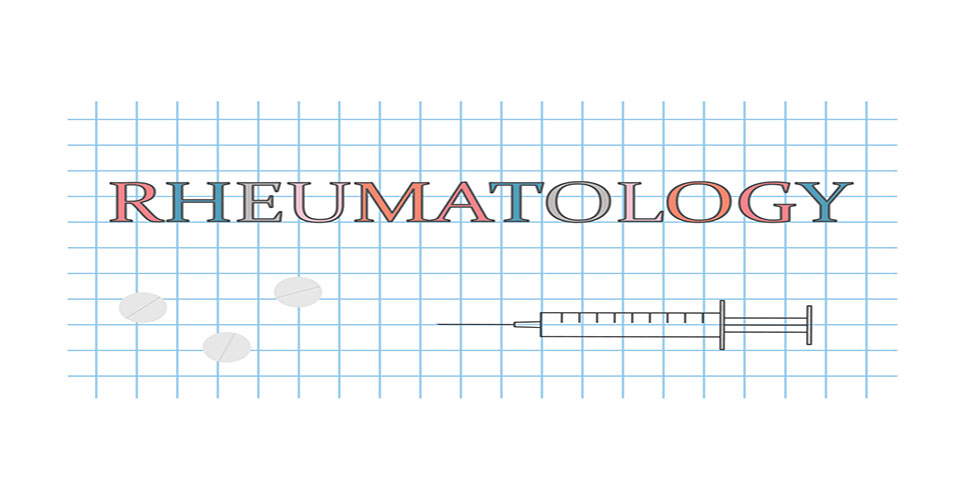teaser
↓Article continues below this sponsored advert↓
↑Advertisement↑
AbbVie (NYSE: ABBV) has announced two-year results from two post-hoc data analyses of the ongoing, open-label extension (OLE) portion of the Phase 3 ABILITY-1 trial. The ABILITY-1 trial is the first large, randomised, pivotal study evaluating the use of HUMIRA® (adalimumab) to treat patients with non-radiographic axial spondyloarthritis (nr-axSpA).
Together, the analyses demonstrated that in a sub-group of patients there was an improvement in signs and symptoms and a reduction of inflammation, as shown by magnetic resonance imaging (MRI). Results were presented at the European League Against Rheumatism (EULAR) 2013 Congress in Madrid, Spain. HUMIRA® is approved in the European Union for the treatment of adults with severe axial spondyloarthritis (axSpA) who have no X-ray evidence of structural damage.
The first analysis evaluated data from a subgroup of patients who had a positive MRI or an elevated c-reactive protein at baseline (MRI+/elevated CRP). At week 104:
- 66% of the 107 patients experienced a 40 percent improvement in their symptoms based on the ASAS40 response criteria. ASAS40 is defined as at least a 40 percent improvement from baseline in the patient’s assessment of disease activity, pain, function and morning stiffness.
The second analysis included an evaluation of the efficacy of HUMIRA® in improving inflammation of the spine and sacroiliac (SI) joint as seen on MRI at week 104.
- MRI obtained for 131 patients in the overall population of the OLE portion of ABILITY-1 showed reduced inflammation based on mean improvements in SPARCC SI joint score (-3.8) and spine score (-1.4) compared to baseline.
- In the MRI+/elevated CRP sub-group of the overall 131 patients, 102 patients showed reduced inflammation based on mean improvements in SPARCC SI joint score (-4.8) and spine score (-2.0) compared to baseline.
“Continued evaluation into the results from the open-label extension portion of the ABILITY-1 trial are important to the rheumatology community, as this trial is helping to further our understanding of this often unrecognised disease,” said Joachim Sieper, MD, Head of Rheumatology, Campus Benjamin Franklin of the Charitè University Hospital, Berlin, Germany. “This analysis is important to evaluate the long-term efficacy of HUMIRA® in an underserved patient population that has likely spent several years trying conventional therapies.”
ABILITY-1 had an initial 12-week, double-blind period, followed by an ongoing OLE of up to 144 weeks. The two post-hoc analyses evaluated data from a sub-group of the overall population in the OLE portion of the ABILITY-1 trial, which consisted of patients with nr-axSpA who had a positive MRI or an elevated CRP at baseline (MRI+/ elevated CRP). Positive MRI was defined as a Spondyloarthritis Research Consortium of Canada (SPARCC) score >2 for either the SI joints or spine. The SPARCC scoring index measures inflammation in the spine or SI joints. Long-term safety data are comparable to the known adverse event rates with HUMIRA® in other rheumatology indications.
“In the wake of the approval of HUMIRA® for the treatment of non-radiographic axial spondyloarthritis patients in the European Union, these results illustrate AbbVie’s ongoing effort to help even more patients around the world,” said John R Medich, PhD, divisional vice president, Immunology Clinical Development, Global Pharmaceutical Research and Development, AbbVie.
Nr-axSpA can be a debilitating condition that primarily presents with chronic back pain and stiffness, and it can be accompanied by the presence of inflammation in the eye, skin, gastrointestinal tract and/or arthritis. People with nr-axSpA can have similar signs and symptoms as AS – including inflammation along the spine that can lead to severe, chronic pain and discomfort – but do not have X-ray evidence of structural damage. Nr-axSpA is most often seen in younger individuals and can go unrecognised for years.
HUMIRA® is indicated in the European Union for the treatment of adults with severe axSpA without radiographic evidence of AS, but with objective signs of inflammation by elevated CRP and/or MRI who have had an inadequate response to, or are intolerant to non-steroidal anti-inflammatory drugs (NSAIDs). HUMIRA® is also indicated for the treatment of adults with severe active AS who have had an inadequate response to conventional therapy*.
*Globally, approved indication(s) of HUMIRA® vary; refer to your individual country regulatory agency regarding the approved indication(s) of HUMIRA® in your country.
About ABILITY-1
ABILITY-1 is an ongoing, multi-country, Phase 3 study designed to evaluate the efficacy and safety of HUMIRA® in axSpA patients without radiographic sacroilitis (that is, nr-axSpA). Radiographic sacroilitis (structural damage due to inflammation of the SI joint which connects the lower spine and pelvis) is the distinguishing feature that differentiates nr-axSpA from AS.
This study was the first large, pivotal study to use the Assessment of SpondyloArthritis International Society (ASAS) criteria to classify patients with nr-axSpA, and to evaluate an anti-tumour necrosis factor medication (anti-TNF) in treating patients with nr-axSpA. ASAS developed improved classification criteria for axial and peripheral spondyloarthritis designed to facilitate identification and classification of people with spondyloarthritis who share similar symptoms.
In ABILITY-1, eligible patients were randomised 1:1 to receive either HUMIRA® (40 mg every other week, n=91) or placebo (n=94) for 12 weeks, followed by the OLE portion in which all patients could receive HUMIRA® (40 mg every other week) for up to an additional 144 weeks. During the OLE portion of the study, both the investigator and the patient knew that the patient was receiving HUMIRA®. There were 179 patients (87 HUMIRA® and 92 placebo) who entered into the OLE portion of ABILITY-1.
Results at week 12 of the double-blind portion of the ABILITY-1 trial are as follows:
•

